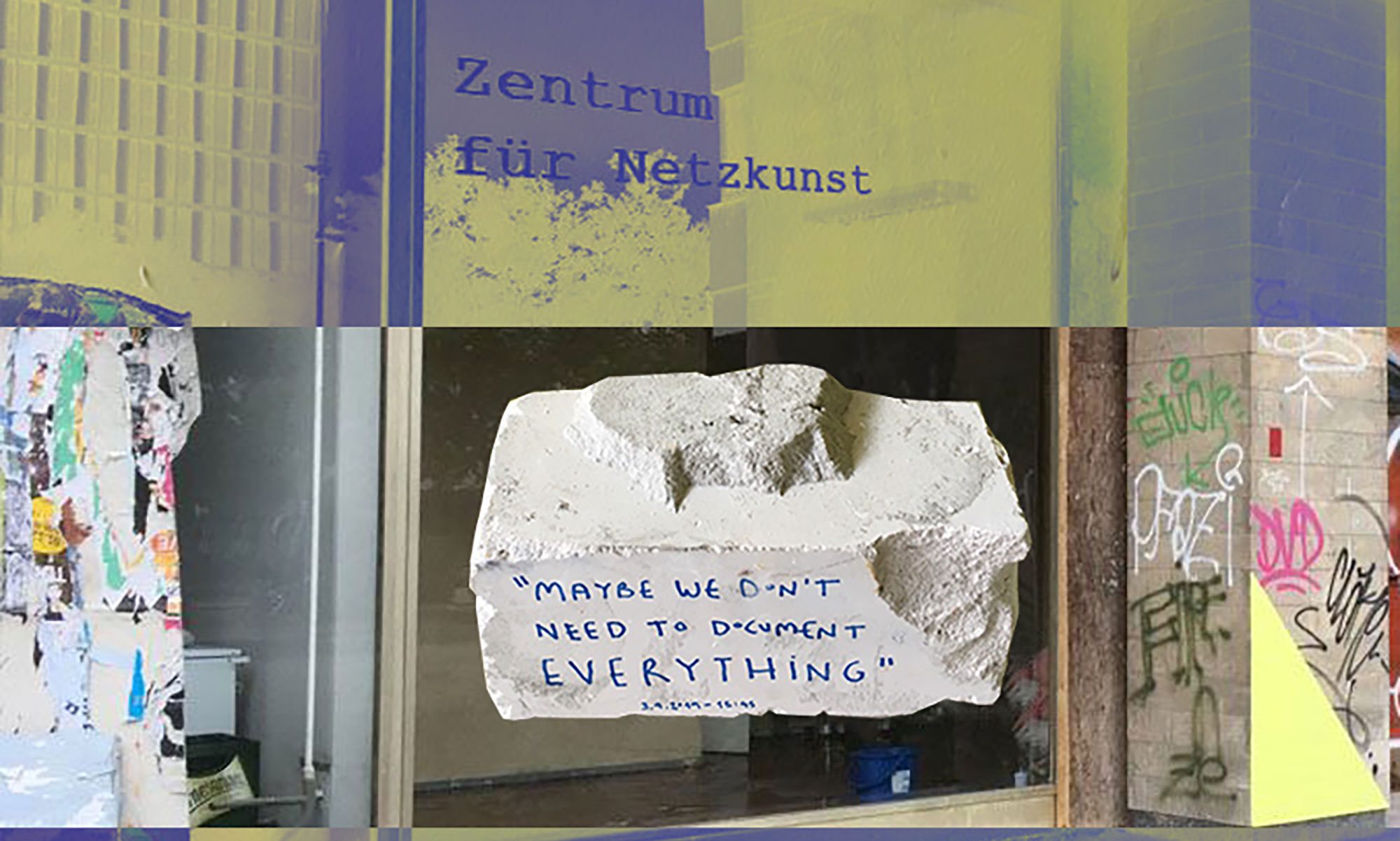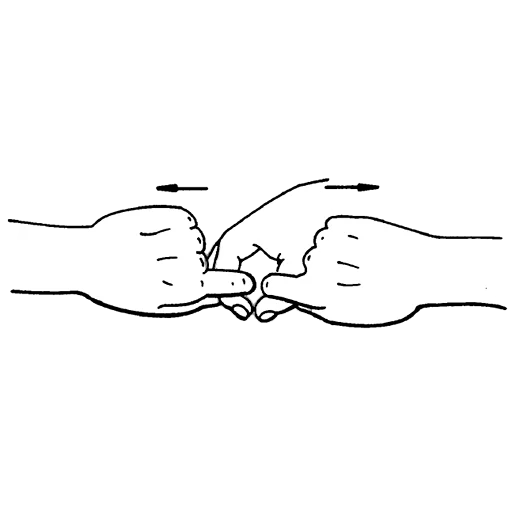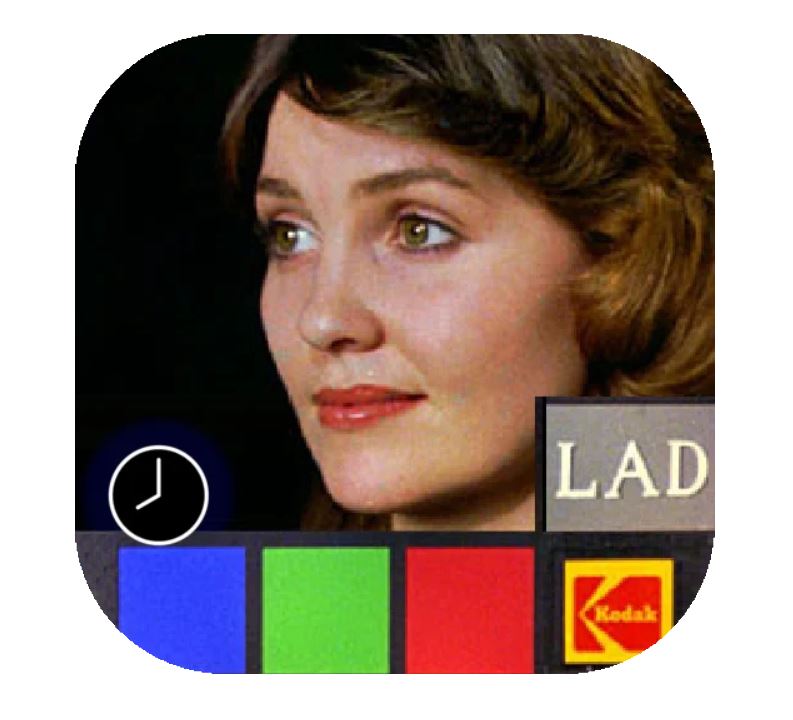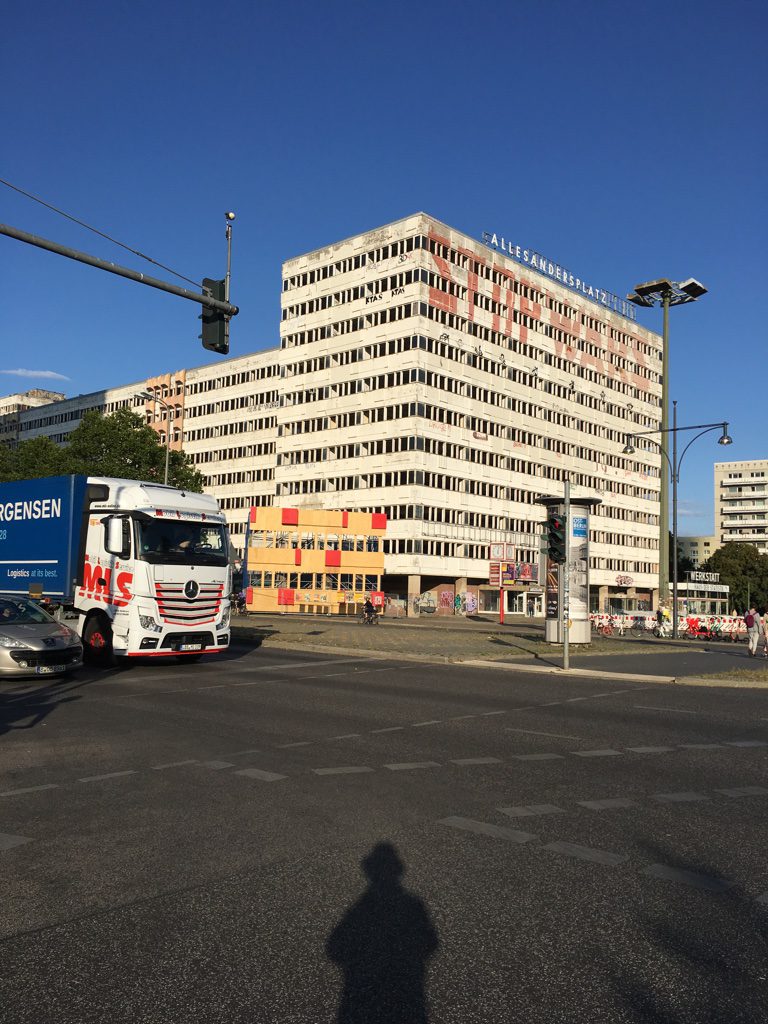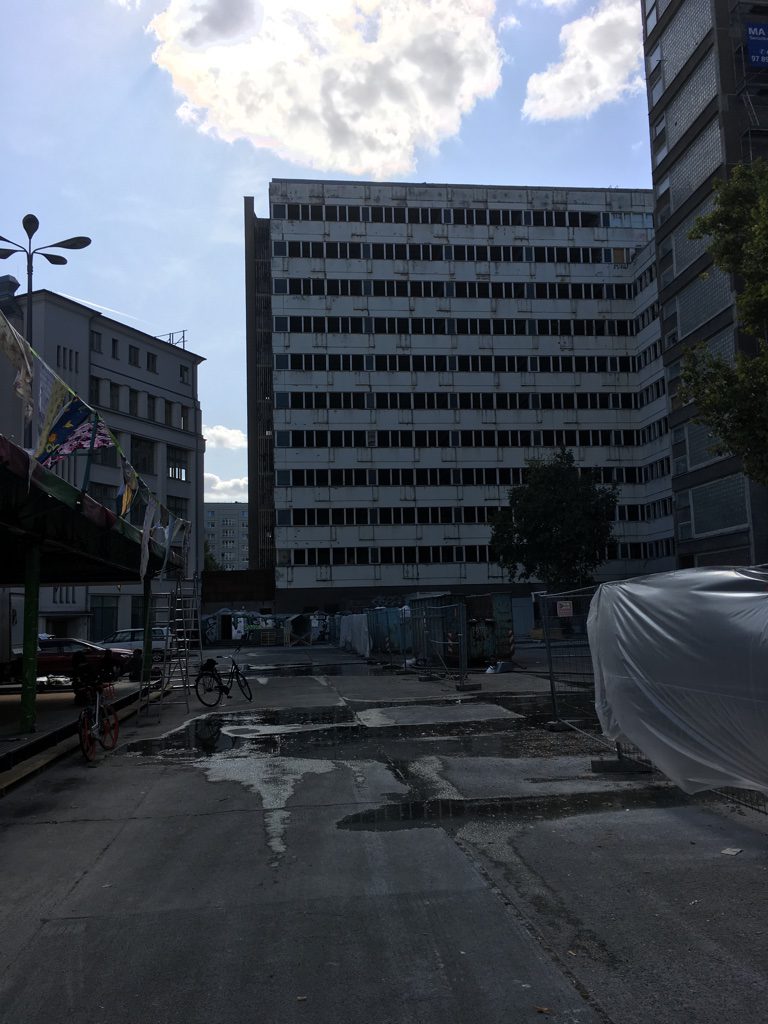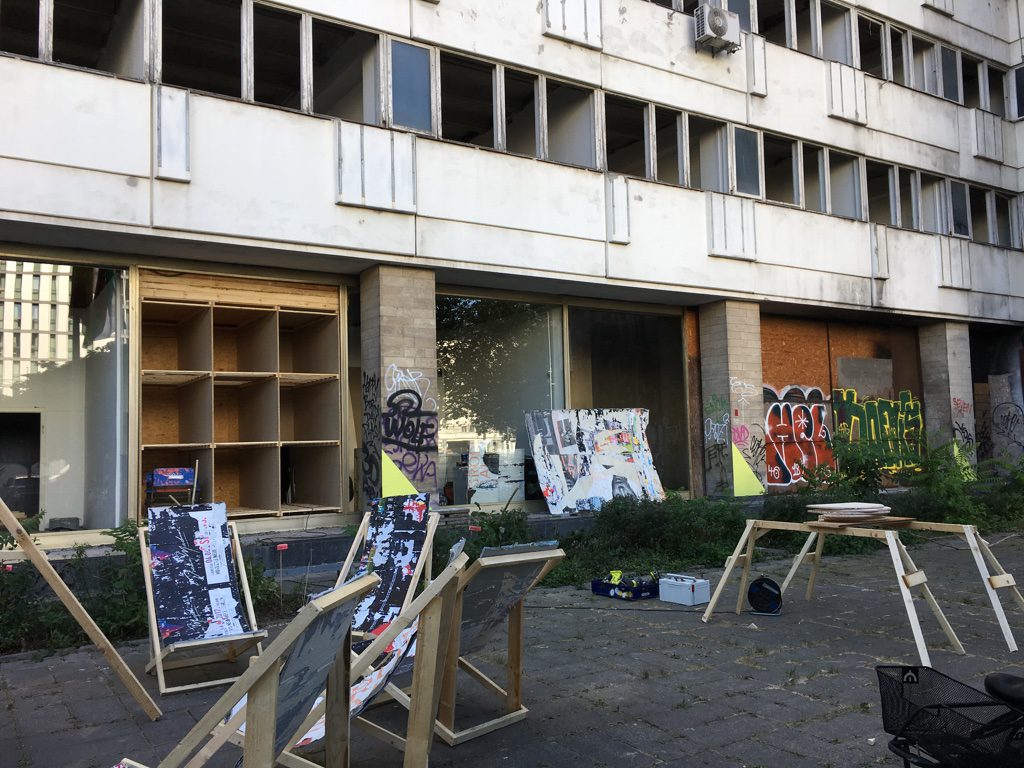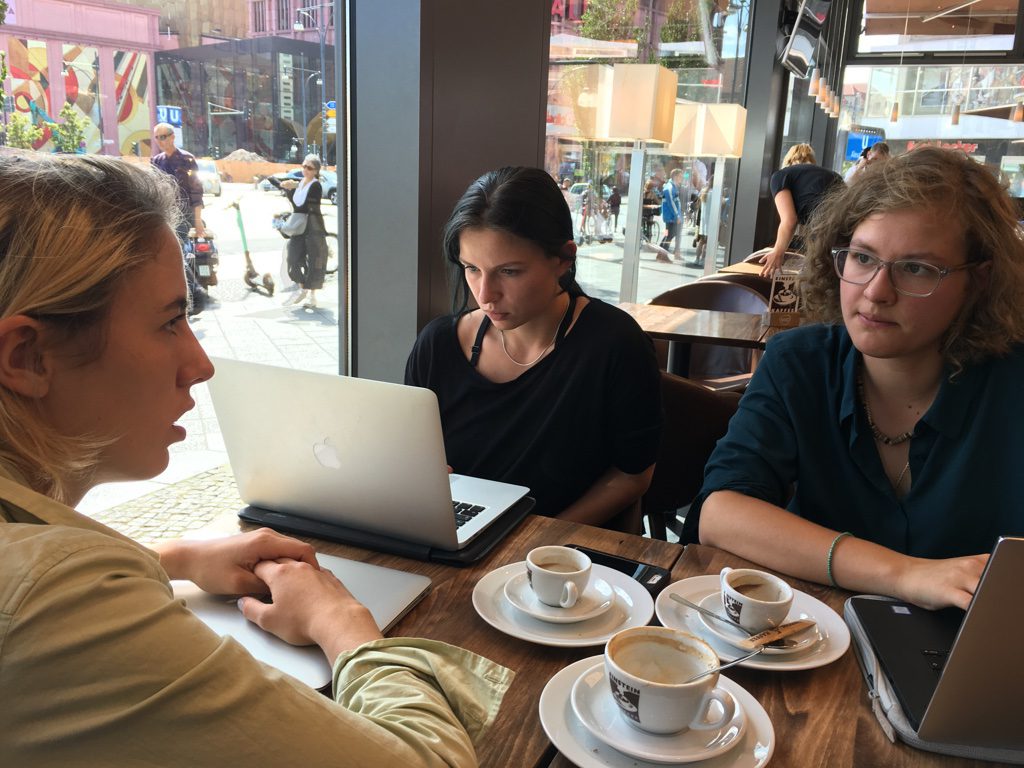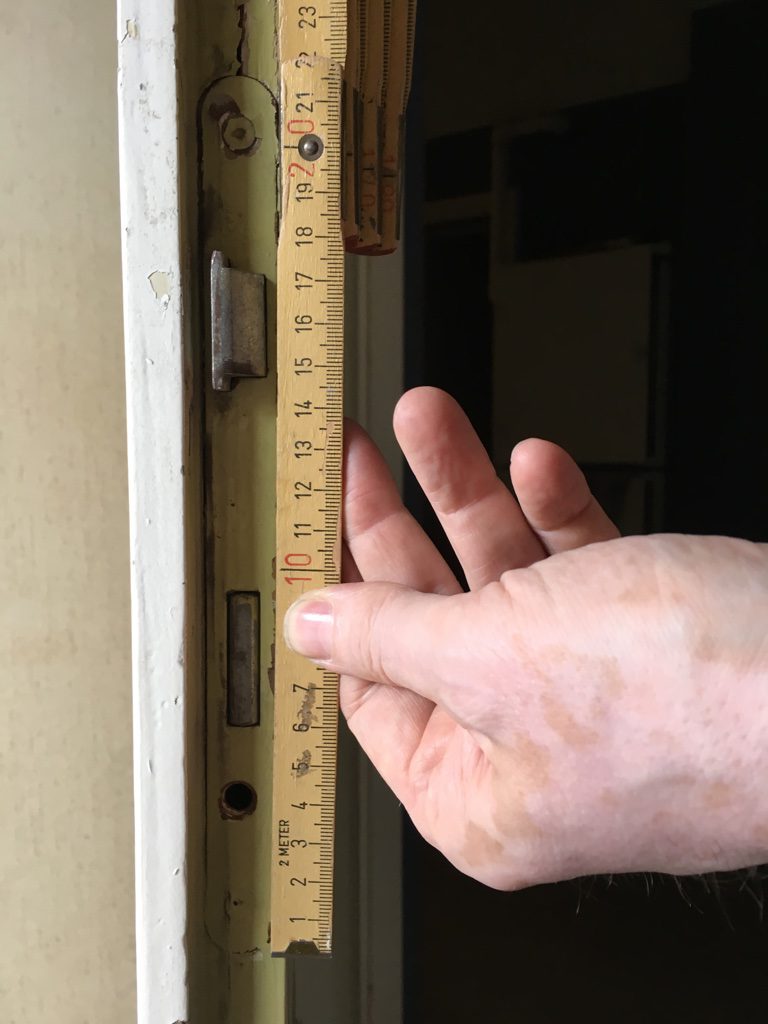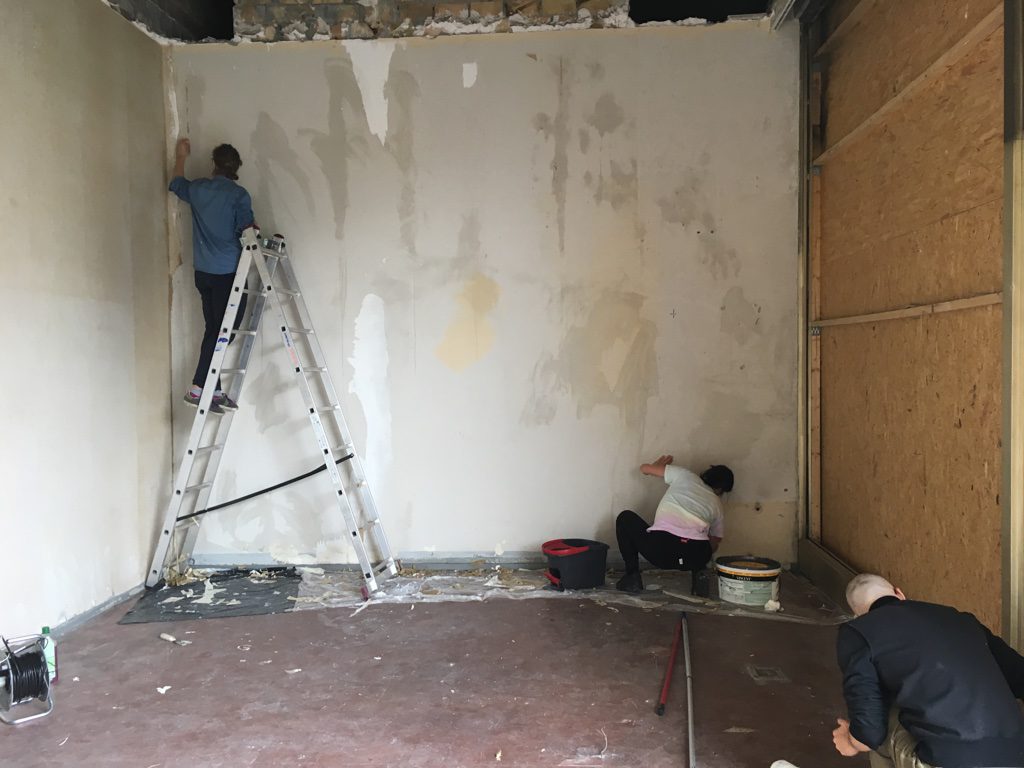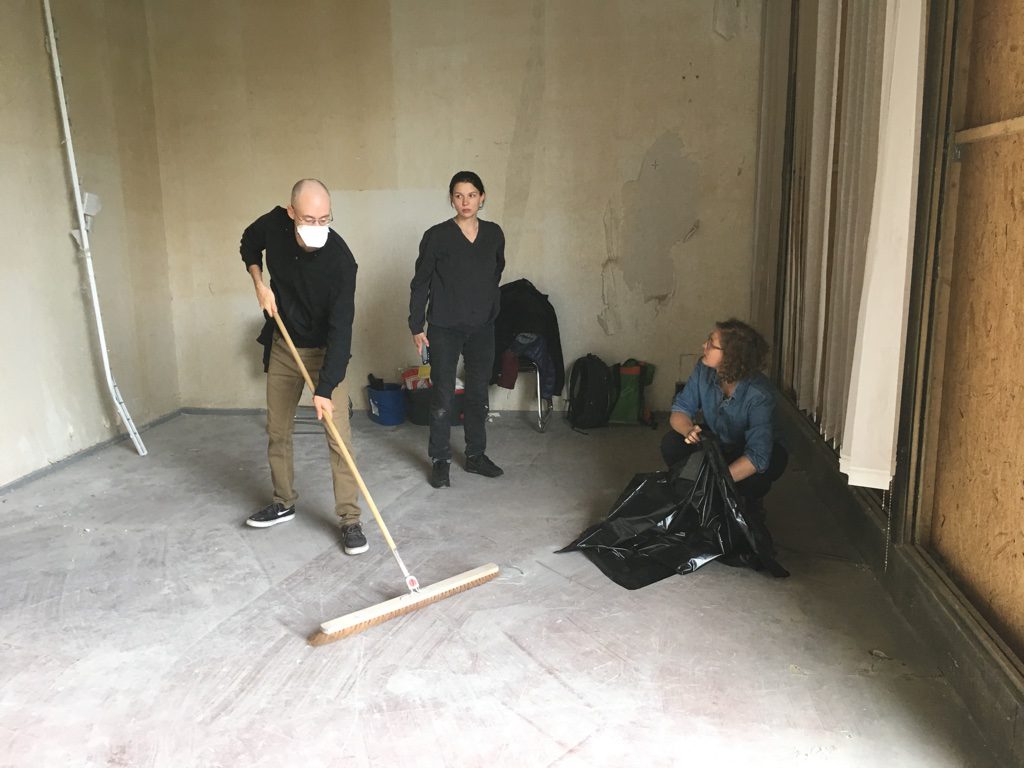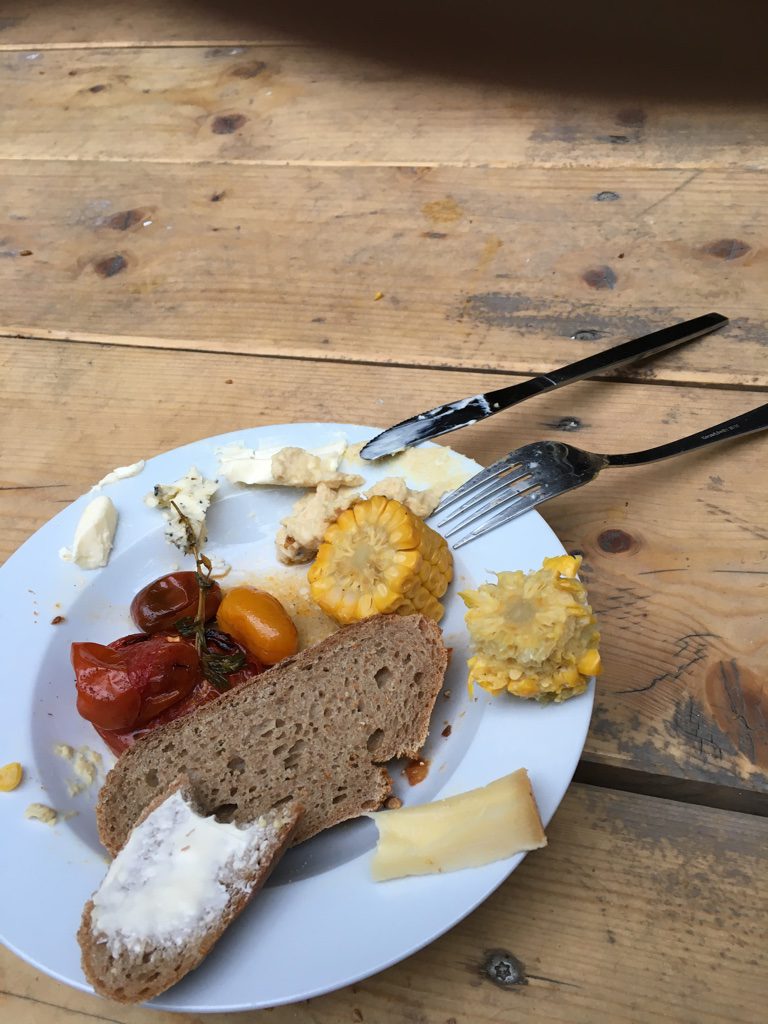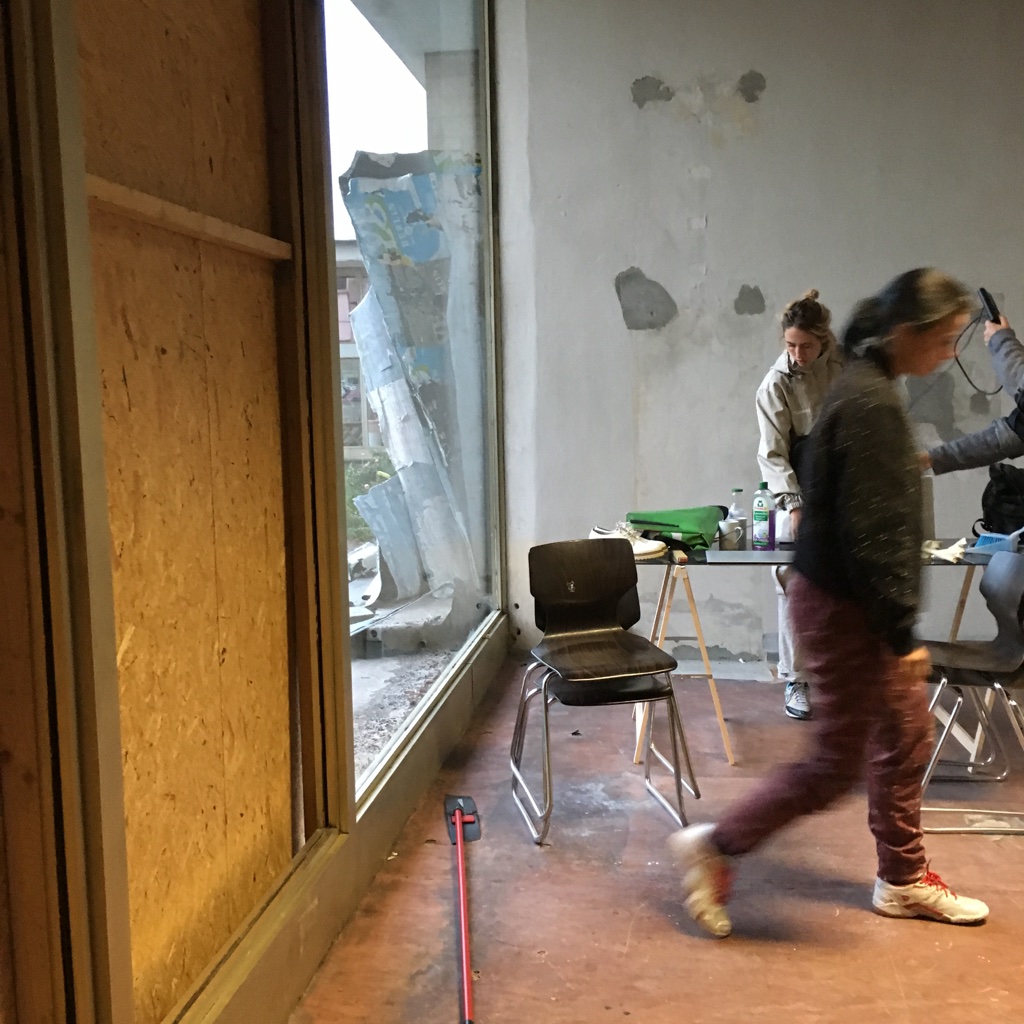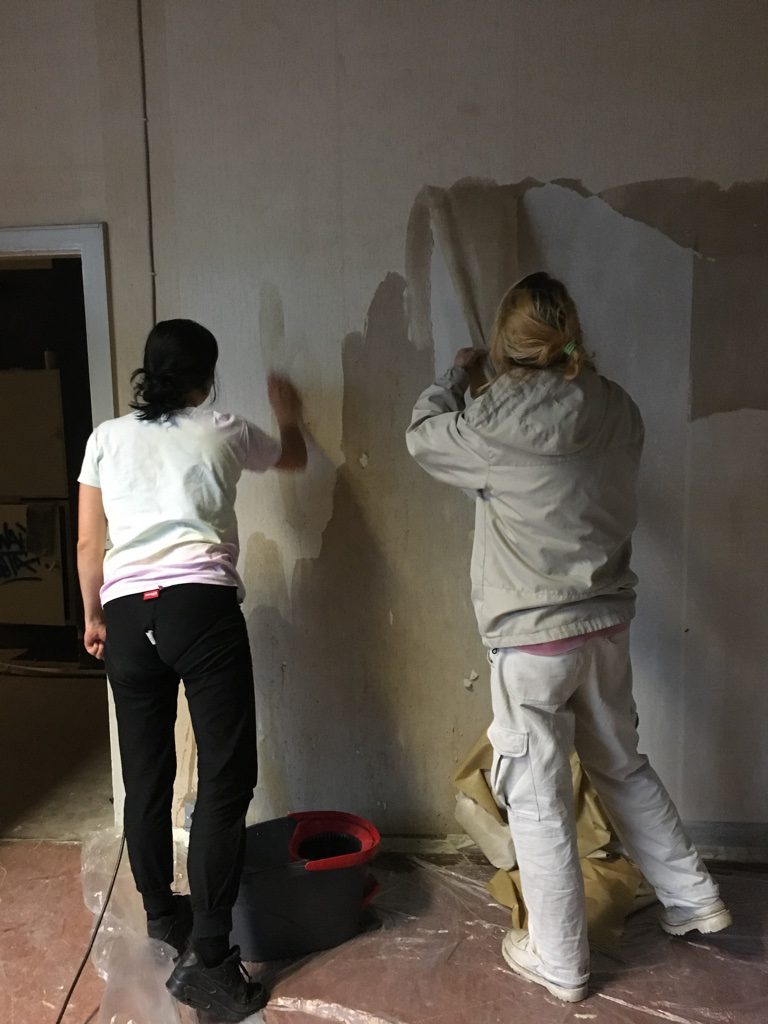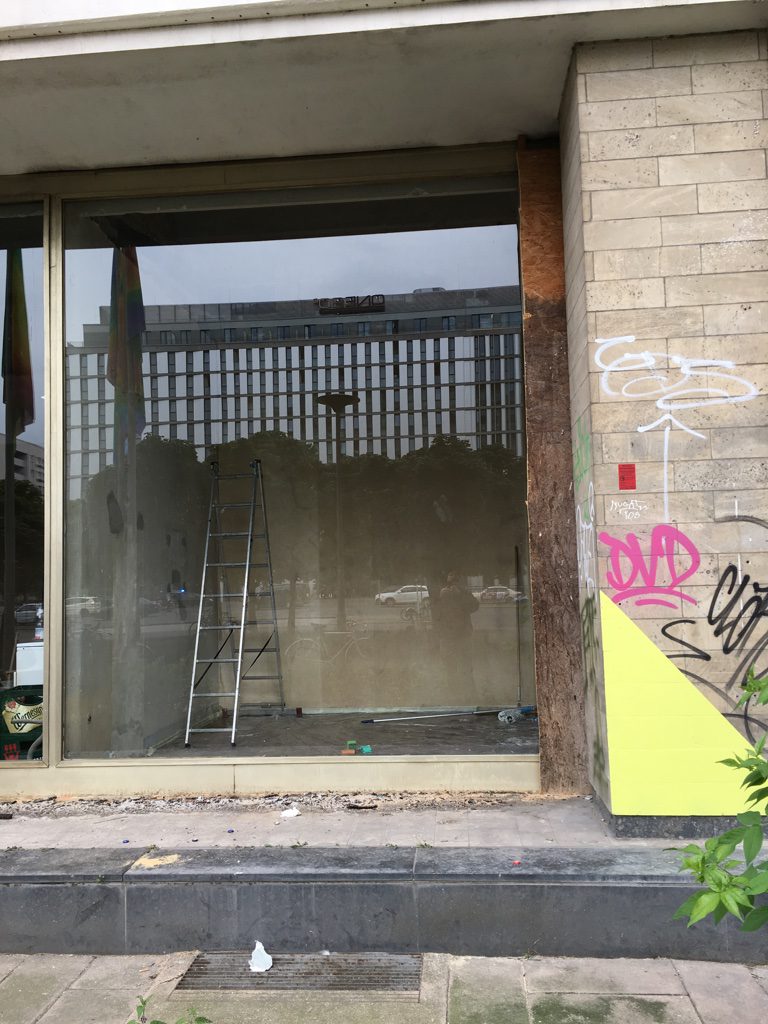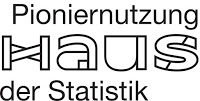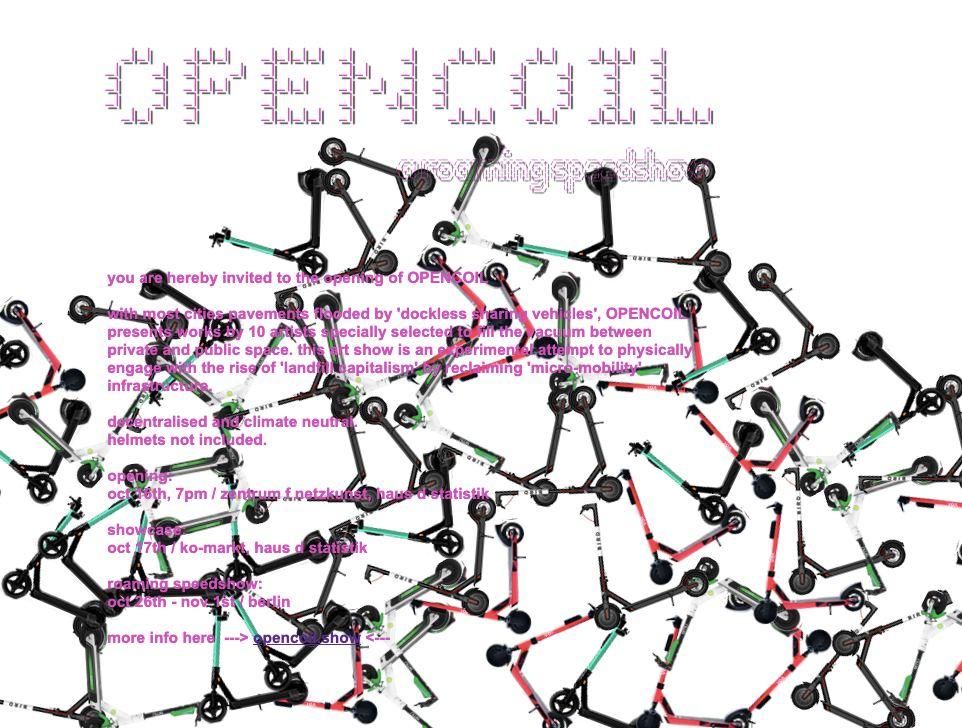
OPENCOIL is an exhibition that operates within micro-mobility services in urban space by using the decentralized infrastructure of e-scooters for displaying art, while also addressing the conditions and effects of this infrastructure. 10 artists present their works on a small Wifi controller with ~2MB offline memory, which are connected to 10 randomly-selected e-scooters in Berlin. As soon as the scooters are rented, visitors get access to the exhibition via their smartphones. If connected to the local unencrypted WiFi network sent by the Wifi chip, a web portal opens automatically, where the works can be viewed. The current locations of the artworks can be followed at Haus der Statistik, as well as on this website: https://opencoil.show/# (https://opencoil.show/)
OPENCOIL is not only a pandemic suitable way to show art in public offline space, the exhibition is also a creative (re-)use of e-scooters: an attempt to approach them through artistic intervention. The presented works deal with questions of the overlap between public and private space, the employment of resources, as well as greenwashing, venture capitalism, and vandalism. All works have been optimized by the artists for mobile viewing.
Participating artists:
Aram Bartholl | Constant Dullart | Dennis de Bel & Anton Jehle | JODI | Jonas Lund | Martin Howse | !Mediengruppe Bitnik | Rosa Menkman | Sarah Grant | Sofya Aleynikova
Opening
16.10.20, 7:00pm Zentrum für Netzkunst @ Haus der Statistik, Haus D, Otto-Braun-Str. 70-72, 10178 Berlin
Showcase
17.10.20, Ko-Markt Zentrum für Netzkunst @ Haus der Statistik, Haus D, Otto-Braun-Str. 70-72, 10178 Berlin
Roaming speedshow
26.10. – 01.11.20, throughout Berlin
For further information:
